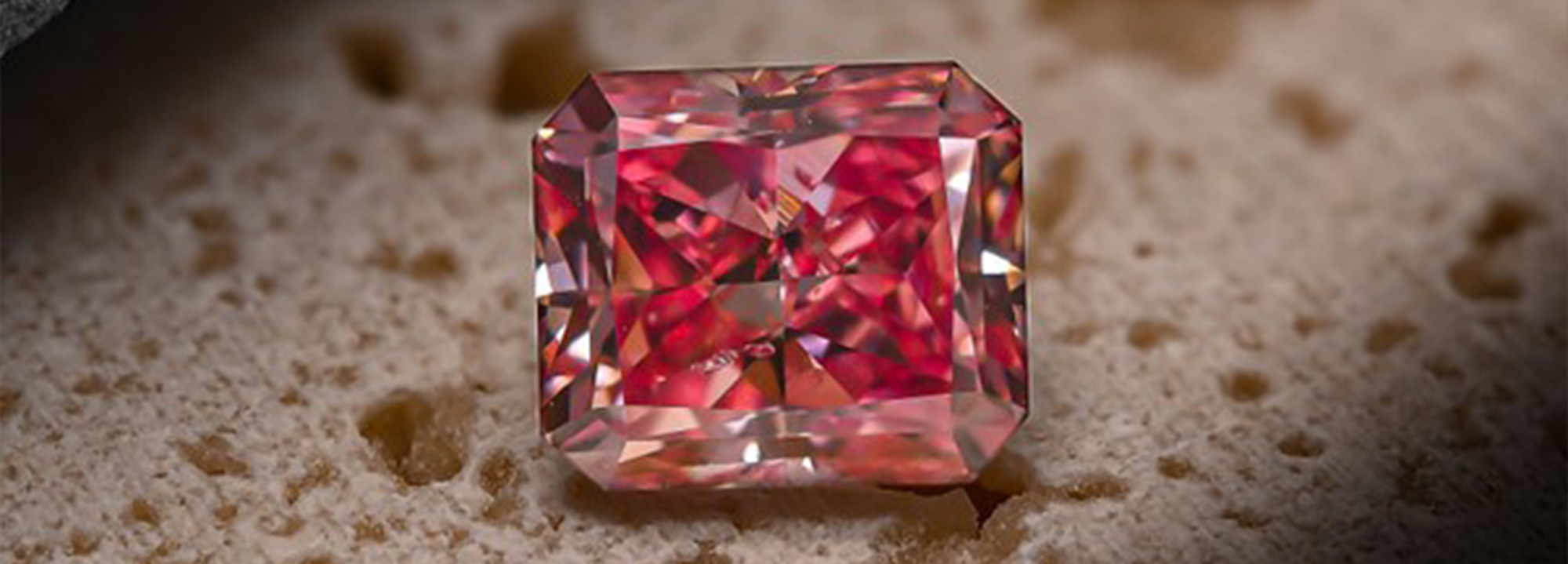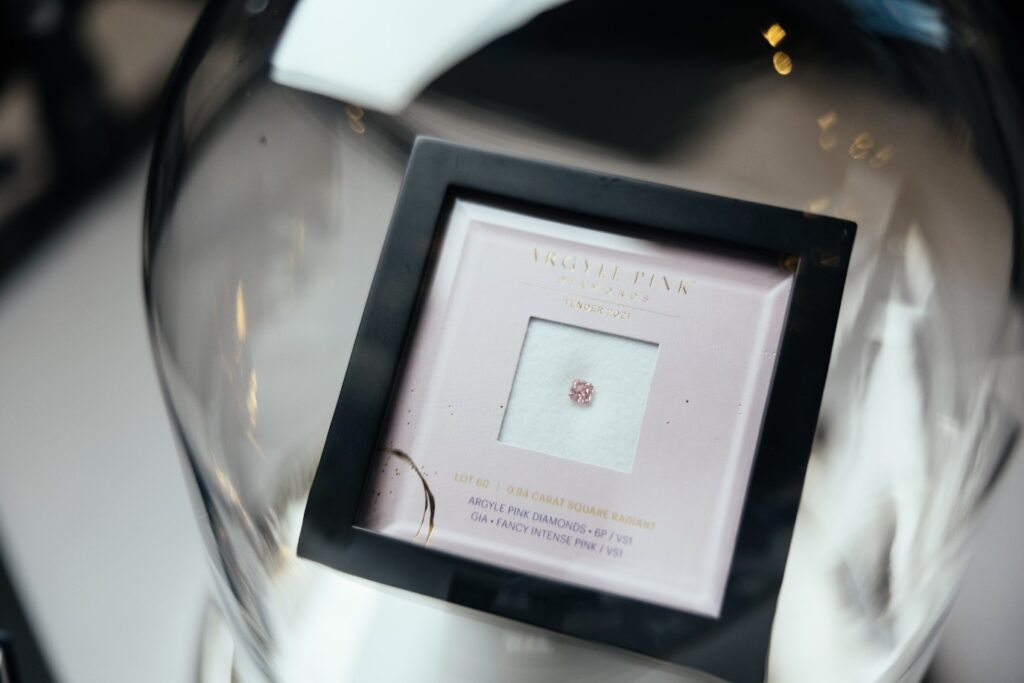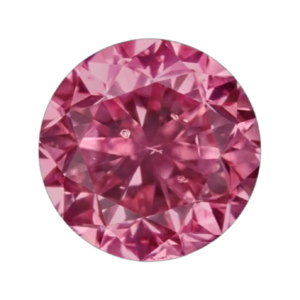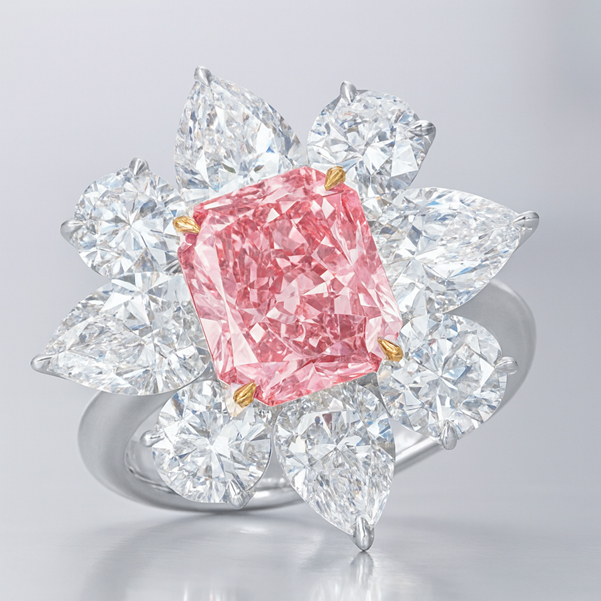
Rarity, Pricing & Investment: Understanding Argyle Pink Diamonds
Argyle pink diamonds sit at the far end of scarcity even within the rarefied world of fancy‑colour stones. During its operating life, the Argyle mine in Western Australia produced the overwhelming majority of the world’s pink diamonds; Argyle itself notes that the mine accounted for more than 90% of global supply. Even then, pinks were a tiny sliver of output—Argyle’s own educational material describes pink diamonds as less than one percent of annual production. Independent market reporting often puts the figure closer to one‑tenth of one percent, underscoring how exceptionally few achieved pink status among millions of carats mined.
Argyle’s typical annual rough production was measured in the tens of millions of carats, but only a minute fraction graded as pink; Argyle’s site frames it as “less than 1%,” while credible financial press routinely cites ~0.1%. The mine stopped producing on 3 November 2020 and is now in rehabilitation. That means the supply of Argyle‑origin pink diamonds is fixed: no new production will enter the market, and remaining availability comes only from existing inventories and private collections.

Because it is absolute rather than cyclical. The mine’s permanent closure froze supply; the stones’ provenance is documented and widely trusted; and within the fancy‑colour category, strong, pure pink hues command exponential premiums. On top of that, Argyle’s Tender programme created decades of price discovery and a collector culture around pedigree stones, which magnifies the scarcity premium in a transparent way. Rio Tinto reports that Tender prices appreciated by more than 500% over two decades, outpacing major equity indices—evidence that scarcity plus provenance can sustain value over long horizons.

With pink diamonds, colour dominates value. Whereas white diamonds are priced primarily by a balance of the 4Cs, Argyle pinks place disproportionate emphasis on colour intensity and purity; small improvements in saturation or a reduction in modifying hues can cause large price jumps. The Argyle origin adds a provenance premium, especially for stones accompanied by Argyle documentation alongside a GIA report. Finally, supply is permanently capped and collector demand is international, which supports premiums even when broader diamond markets soften. Long‑term price monitoring by the Fancy Color Research Foundation (FCRF) shows that pink categories have exhibited distinct behaviour from whites and can be resilient at times when other segments are weaker.

In Argyle pinks the order usually starts with colour intensity and hue (vivid/intense, and as “pure” a pink as possible), then carat (larger stones multiply scarcity), then cut (to preserve and present colour), and lastly clarity. Unlike many white diamonds, outstanding colour can outweigh modest clarity—especially in top hues graded by both Argyle and GIA—because the market is paying for the chromatic rarity first. GIA’s coloured‑diamond system (Fancy Light through Fancy Vivid/Deep) underpins much of this valuation logic.
Historically, the best‑in‑class stones—particularly Tender‑grade pinks, reds and violets—have appreciated strongly; Rio Tinto cites a 500% two‑decade rise for Tender results, and recent high‑profile auction outcomes (e.g., the Argyle Phoenix in 2024) confirm robust demand for pedigree pieces. That said, coloured diamonds are still a specialist market. Liquidity varies by quality; overpaying for average colour is a risk; and documentation must be watertight. Use market tools and data where available (FCRF’s Fancy Color Diamond Index provides an independent view of trendlines) and buy with a long time horizon.
Yes—the mine ceased operations in November 2020 and is in decommissioning and land rehabilitation with Traditional Owners. No plan exists to reopen Argyle, and there is no other mine known to produce Argyle’s iconic spectrum with consistent regularity. In practice, that means Argyle pink diamonds are a non‑renewable category; the market will only trade what already exists.



